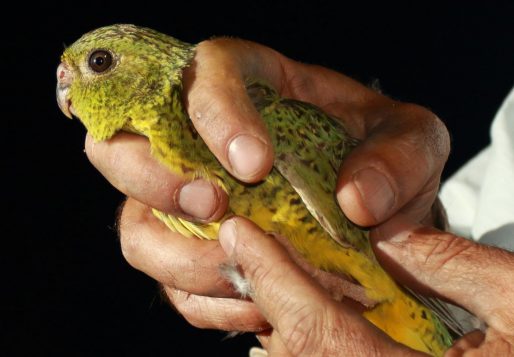Despite the name, University of Queensland researchers have led an international study that has revealed the elusive bird is actually not that well-adapted to life in the dark as would be expected for a nocturnal bird – which may explain why its numbers are in decline.
Building a 3D model from a night parrot skull CT scan, the researchers found the parrot’s eye size, optic nerves and lobes were similar to, and in some cases smaller than, those of daytime parrots.
The endangered species is considered to be one of only two nocturnal parrot species in the world, with the other being the large kakapo in New Zealand.

But the kakapo no longer flies while the night parrot does – which is proving to be a problem.
“Night parrots must be able to find their way at night – to find food, avoid obstacles while flying and escape predators,” UQ’s Centre for Advanced Imaging and Flinders University researcher Dr Vera Weisbecker said.
While fences are important for farmers to keep their stock under control, the researchers say unused fences should be taken out in areas where the parrots are known to live.
The visibility of existing fencing could also be increased, they add.
Sounds like the parrots could use some hi vis – time for a trip to Lowes?





